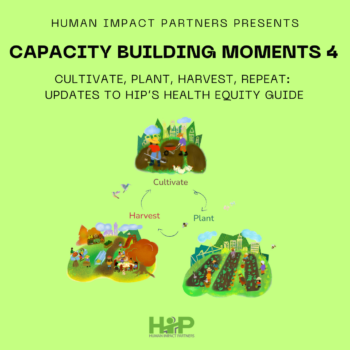| By Kim Gilhuly |
Last week in Massachusetts saw the release of recommendations from Gov. Charlie Baker’s task force on the epidemics of addiction to and death from opium-derived narcotics prescription drugs. The Massachusetts plan includes welcome public health solutions: 100 new beds for people addicted; increased use of naloxone, a drug that counters the effects of opioids, to help people who have overdosed; longer operating hours for a statewide hotline; public education to reduce the stigma that prevents many from seeking help – 65 recommendations in all. States across the nation are responding in kind, with a similar response from leadership at the federal level. This is great news for people who need rehabilitation and support for their addictions.
But what occurred to me was the response to the mostly white prescription drug addicts who are now using heroin, compared to the government’s response to people who use other drugs – harsh laws that target people of color and criminalize their addictions. Opioids? Let’s help them! Other drugs? Lock ‘em up!
My head-scratching began at the National Health Impact Assessment Meeting, held in Washington in June, in a session examining how well HIAs incorporate equity as well as physical health and well-being. David Liners of WISDOM in Wisconsin, with whom HIP worked on an HIA on Treatment Instead of Prison, talked about how the subsequent dramatic increase in treatment alternative programs, from seven in 2011 to 34 today, has improved prospects for those who go to prison – but because of the opioid epidemic, many of those slots have gone to white addicts. HIP and WISDOM had hoped this solution would help decrease the disparities of over-incarceration of African-Americans in Wisconsin – and it has, but why do these common-sense alternatives to prison continue to benefit whites more?
The War on Drugs that began in the mid-80s is largely to blame for the astronomical increase in imprisonment of people for addiction and other drug-related behaviors. One of the most egregious examples of discriminatory criminalization of addiction is the federal Anti-Drug Abuse Act of 1986, which created a 100-to 1-sentencing disparity for possession or trafficking of crack, largely used by African-Americans, vs. powder cocaine, largely used by whites. Laws that criminalize drug use instead of policies and programs offering support and rehabilitation have been responsible for a dramatic rise in incarceration and in the ranks of people with a criminal record. In the 1980s the number of arrests for drug offenses rose by 126%, compared to a rise of 28% in arrests for all crime. By 2008, The Washington Post reported that 1.5 million Americans are arrested each year for drug offenses, and one in five black men spend time behind bars due to drug laws.
But these laws have not decreased drug use. Drug addiction rates have remained relatively stable despite the incredible amount of money spent criminalizing people with drug problems.
What if we fought the prescription drug epidemic with the same fervor with which the War on Drugs was waged? First we’d lock up the addicts. Then we could go after the pharmaceutical companies that make the drugs that get people addicted, and send them to prison. Then we’d target the distributors – the drugstores. A ridiculous idea, but that was the thinking behind the War on Drugs.
Just compare the public-health term being used for this crisis – “the opioid epidemic” – to the military lingo of “the War on Drugs.” An epidemic is something we are all susceptible to and that we look to our governments to help solve. But battling a war fosters an us-against-them attitude: Drug addicts are not like us. They are morally wrong and they must be suppressed, punished, and eliminated.
That way of thinking must stop. As Massachusetts Attorney General Maura Healey said, “We’re not going to arrest or incarcerate our way out of this. Addiction must be treated like any other chronic illness.” Amen.




